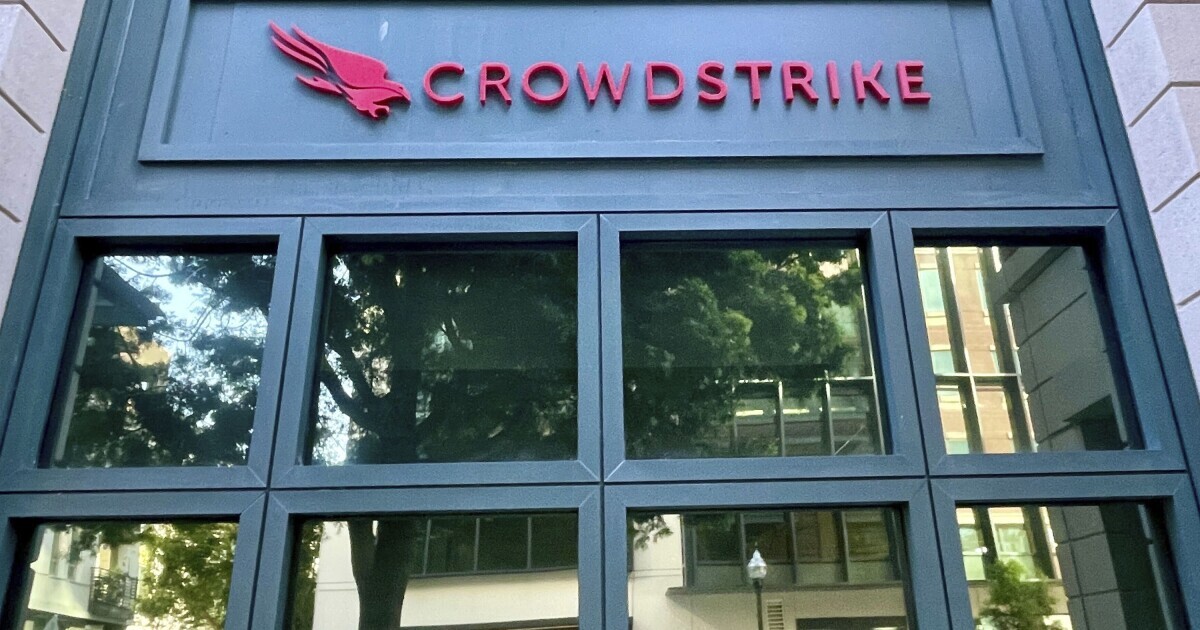CrowdStrike, the cybersecurity firm responsible for a significant Microsoft outage due to a faulty update, is attempting to make amends by offering its partners a $10 UberEats gift card. The company acknowledged the inconvenience caused by the incident in an email authored by Daniel Bernard, their chief business officer.
CrowdStrike expressed its gratitude for the additional work caused by the July 19 event and offered the gift cards as a token of appreciation. However, users who tried to redeem these vouchers encountered error messages indicating that the vouchers had been canceled.
The company’s spokesperson, Kevin Benacci, explained that the high redemption rate of the vouchers led Uber to flag them as fraudulent, resulting in their cancellation.
CrowdStrike is now collaborating with Uber to resolve the issue, with users advised that there may be a delay before the vouchers are reactivated. This incident has further complicated the company’s efforts to regain trust following the widespread outage.

On July 19, millions of Microsoft users across the globe were unable to log into their systems, encountering a blue error screen. What initially seemed like isolated issues quickly revealed itself to be a widespread IT crisis affecting numerous countries, including the US, UK, India, Japan, and Australia.
The root cause was identified as a bug in a CrowdStrike software update, which led to the catastrophic failure of Microsoft’s systems.
The fallout was severe, impacting over 8.5 million devices and causing significant disruptions. Airports experienced delays and cancellations, supermarkets struggled with card payments, and healthcare facilities faced difficulties accessing patient data.
The chaos also provided an opportunity for cybercriminals to launch phishing attacks under the guise of CrowdStrike’s customer support. The outage is expected to have substantial financial repercussions, with insurance experts predicting a surge in Business Interruption Claims.
The financial impact of the outage was massive, with insurer Parametrix estimating losses of $5.4 billion for the 25% of US Fortune 500 companies affected and around $15 billion globally. In light of these substantial losses, CrowdStrike’s gesture of $10 vouchers has been met with skepticism, especially since the vouchers initially did not work.
It remains to be seen if the company will offer a more substantial and effective gesture to address the disruption and regain the trust of its partners and users.